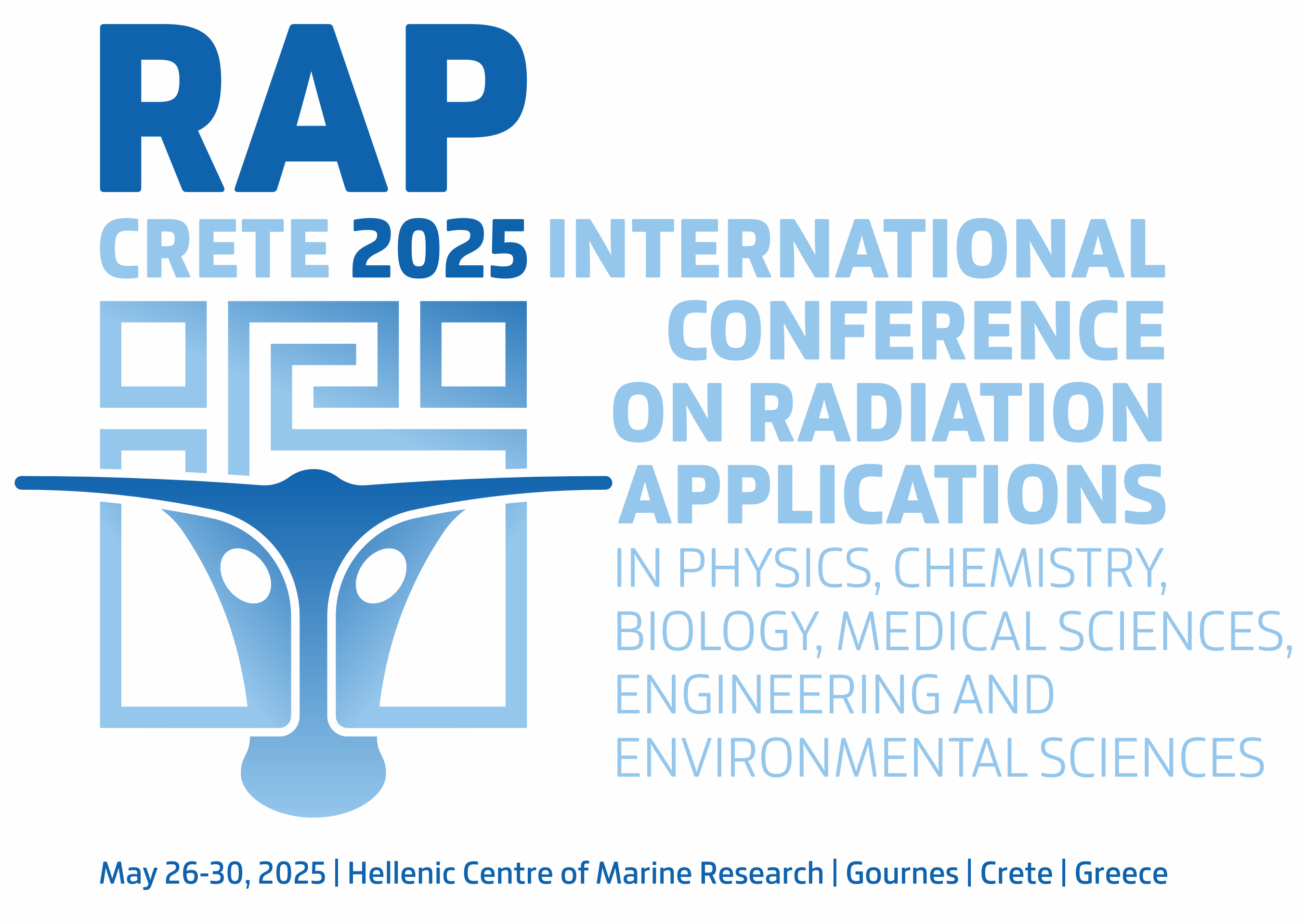Vol. 6, 2021
Radioecology
Study of the Chernobyl hot particles' destruction by soil micromycetes' influence
V. Zheltonozhsky, M. Zheltonozhskaya, T. Tugay, N. Kuzmenkova
Pages: 62-65
DOI: 10.37392/RapProc.2021.13
Abstract | References | Full Text (PDF)
Radiation accidents, regular activities of nuclear power cycle enterprises, and nuclear weapons testing are sources of artificial high radiotoxicity actinides entering the environment. The actinides' long half-lives result in their constant accumulation on a planetary scale. Radioactive microparticles are one of the common forms of artificial actinides in soils. According to recent studies, soil micromycetes can increase the processes of hot particles destruction. A presented paper shows the ability of Cladosporium cladosporioides to transfer 241Am from hot particles containing 241Am and 137Cs to the mobile biologically available form. We observed the 241Am direct accumulation by micromycete mycelium for the first time. In contrast, the interaction of studied strains with 137Cs from hot particles was different.
-
V.A. Kashparov et al., “Formation of hot particles during the Chernobyl
nuclear power plant accident”, Nucl. Technol., vol. 114, no. 2,
pp. 246–253, 1996.
DOI: 10.13182/NT96-A35253 -
B. Salbu et al., “Challenges associated with the behaviour of radioactive
particles in the environment”, J. of Env. Radioact., vol. 186, pp.
101-115, Jun. 2018.
DOI: 10.1016/j.jenvrad.2017.09.001 -
T. Imanaka, G. Hayashi, S. Endo, “Comparison of the accident process,
radioactivity release and ground contamination between Chernobyl and
Fukushima-1,”
J. Radiat. Res., vol. 56, suppl. 1, pp. i56 - i61, Dec. 2015.
DOI: 10.1093/jrr/rrv074
PMid: 26568603
PMCid: PMC4732534 - Radioactive particles in the environment: sources, particle characterization and analytical techniques , IAEA-TECDOC-1663, Vienna, Austria: IAEA, 2011.
- Ю.А. Израэль и др., “Радиоактивное загрязнение природных сред в зоне аварии на Чернобыльской АЭС”, Метеорология и гидрология, но. 2, с. 5-18, 1987. (Izrael et al., “Radioactive contamination of the environment in the zone of Chernobyl atomic station,” Meteorol. Hydrol., vol. 2, pp. 5 - 18, 1987.)
- The Chernobyl Accident: Updating of INSAG-1, A Report by the International Nuclear Safety Group, Safety series no. 75-INSAG-7, Vienna, Austria: IAEA, 1992.
-
M. D. Bondarkov et al., “Vertical migration of radionuclides in the
vicinity of the Chernobyl Confinement Shelter,” Health Phys., vol.
101, no. 4,
pp. 362 - 367, Oct. 2011.
DOI: 10.1097/HP.0b013e3182166472
PMid: 21878761 -
Д. М. Бондарьков, И. Н. Вишневский,
В. А. Желтоножский, М. В. Желтоножская, П. Н. Музалев, “Изучение поведения
радионуклидов на сильнозагрязненных полигонах 5-километровой зоны чаэс,” Ядерна фізика та енергетика, т. 17,
но. 4, с. 381 – 387, 2016.
(D. M. Bondarkov, I. M. Vyshnevskyi,
V. O. Zheltonozhskyi, M. V. Zheltonozhskaya, P. M. Muzalev, “Studies of
radionuclides behavior on heavily contaminated 5-km zone of ChNPP,” Nucl. Phys. At. Energy, vol. 17, no. 4, pp. 381 - 387, 2016.)
DOI: 10.15407/jnpae2016.04.381 -
M. P. Neu, G. A. Icopini, H. Boukhalfa, “Plutonium speciation affected by
environmental bacteria,” Radiochim. Acta, vol. 93, no. 11, pp. 705
- 714, Nov. 2005.
DOI: 10.1524/ract.2005.93.11.705 -
J. Dighton, T. Tugay, N. Zhdanova, “Fungi and ionizing radiation from
radionuclides,” FEMS Microbiol. Lett., vol. 281, no. 2, pp. 109 -
120, Apr. 2008.
DOI: 10.1111/j.1574-6968.2008.01076.x
PMid: 18279333 -
E. A. Lukyanova, E. V. Zakharova, L. I. Konstantinova, T. N. Nazina,
“Sorption of radionuclides by microorganisms from a deep repository of
liquid low-level waste,” Radiochemistry, vol. 50, no. 1,
pp. 85 - 90, Feb. 2008.
DOI: 10.1134/S1066362208010141 -
A. J. Francis, C. J. Dodge, “Microbial mobilization of plutonium and other
actinides from contaminated soil,” J. Environ. Radioact., vol.
150, pp. 277 - 285, Dec. 2015.
DOI: 10.1016/j.jenvrad.2015.08.019
PMid: 26406590 -
Н. Н. Жданова, Т. И. Редчиц, В. А. Желтоножский, М. В. Желтоножская, Л. В.
Садовников, “Способность ряда почвенных микроскопических грибов
взаимодействовать с редкоземельными и транcурановыми элементами Eu-152 и
Pu-239,” Иммунопатология, аллергол., инфектол.:
Экология грибов и человека. Грибы экстремальных местообитаний и
биодеструкторы
, но. 1, с. 60, 2010.
(N. N. Zhdanova, T. I. Redchits, V. A. Zheltonozhsky, M. V.
Zheltonozhskaya, L. V. Sadovnikov, “The ability of some soil microscopic
fungi to interact with rare-earth and transuranic elements of Eu-152 and
Pu-239,”
Immunopathol. Allergol. Infectol.: Ecol. fungi and hum. Mushrooms of
extreme habitats and destructors,
no.1, p. 60, 2010.)
Retrieved from: http://www.immunopathology.com/ru/article.php?carticle=181
Retrieved on: Jan. 18, 2021 -
V. A. Zheltonozhsky, M. V. Zheltonozhskaya, M. D. Bondarkov, E. B. Farfán, “Spectroscopy of Radiostrontium in Fuel
Materials Retrieved from the Chernobyl Nuclear Power Plant,” Health Phys., vol. 120, no. 4, pp. 378 – 386, Apr. 2021.
DOI: 10.1097/hp.0000000000001349
PMid: 33350713


